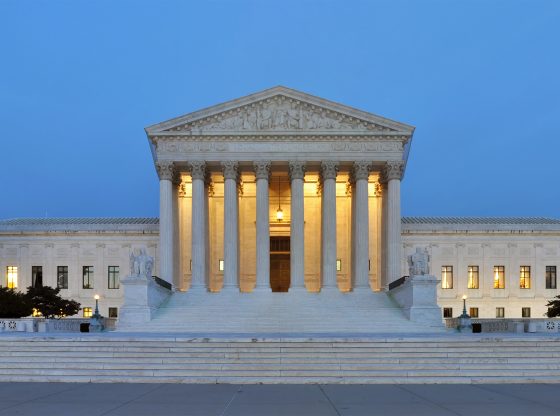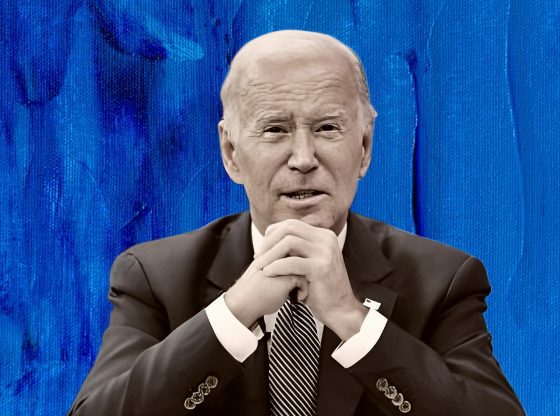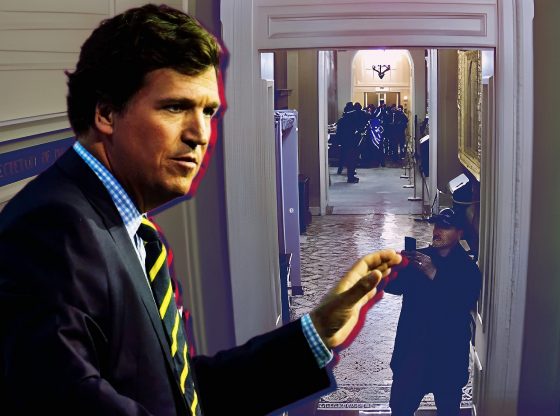We are now in the second trimester since the landmark Dobbs v Jackson decision overturned Roe v Wade and its accompanying decision Casey v Planned Parenthood. While the number of unborn children saved by this decision is challenging to measure, the political and legal ramifications of this decision have transformed American politics and society immeasurably. As both the pro-life and the pro-abortion movement attempt to adapt to the altered landscape, since the decision neither went as far as pro-lifers wanted or the pro-abortion groups feared, it’s useful to review the decision and analyze why the Supreme Court ruled as it did.
Certainly President Trump deserves the lion’s share of the credit. His three Supreme Court nominees, all in the majority for Dobbs, provided the margin needed to finally achieve the stated goal of the pro-life movement for the last 50 years. But Justice Samuel Alito also deserves a lot of credit for writing an absolutely solid decision that should, and no doubt will, be studied in every Constitutional Law course, just as Brown v Board of Education is studied as the ruling that ended segregation.
For anyone who has actually read Roe v Wade and its accompanying ruling Casey vs Planned Parenthood the twin pillars of abortion rights for 50 years, the differences between them and Dobbs is telling. Both Roe and Casey are a confusing mish-mash of circular logic and historical ignorance that invent a “right to privacy” from thin air. The most disturbing part of reading Roe, from a historian’s perspective, is the clearly selective choice of historical examples to support the notion that abortion was not historically illegal in the United States. While Casey doesn’t go into this area as much as Roe, it actually is even more convoluted in its arguments supporting abortion rights.
The clarity and force of Justice Alito’s opinion in Dobbs is truly remarkable to uphold. He lays out an amazing intellectual and historical roadmap to demolish all of the house of straw argument for a constitutional “right” to abortion, in particular using pages of historical examples and judicial precedent to show that, in fact, abortion was almost completely outlawed or severely restricted in most states before the judicial fiat of Roe.
The concluding paragraph is the most telling.
“We do not pretend to know how our political system or society will respond to today’s decision overruling Roe and Casey. And even if we could foresee what will happen, we would have no authority to let that knowledge influence our decision. We can only do our job, which is to interpret the law, apply longstanding principles of stare decisis, and decide this case accordingly.
We therefore hold that the Constitution does not confer a right to abortion. Roe and Casey must be overruled, and the authority to regulate abortion must be returned to the people and their elected representatives.”
This is a truly stunning decision that departs from nearly 50 years of virtual legislation from the bench on numerous controversial issues that should have been decided by the people. We can only hope that this court will continue to rein in judicial fiat and the overreach of unelected federal government bureaucrats to return fundamental powers to their rightful place—the people and their elected legislatures.











